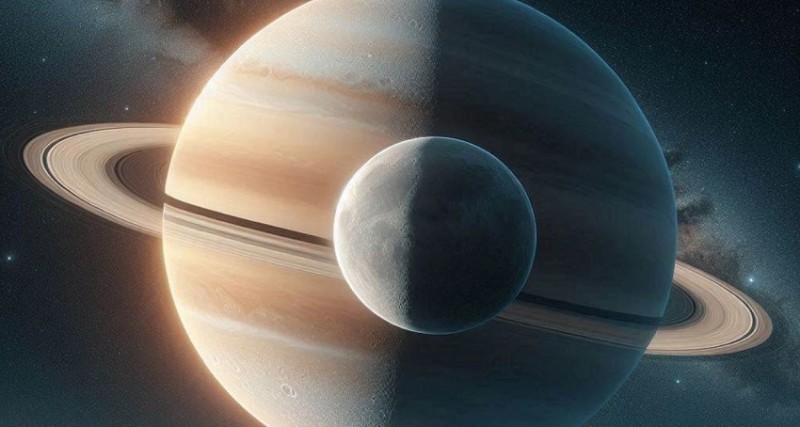
Tomorrow, on July 25, a fascinating astronomical event will take place as the Moon passes in front of Saturn, temporarily obscuring the planet from view. This rare lunar occultation will be observable in parts of Asia and Africa, providing a unique chance for stargazers and astronomy enthusiasts.
What Is a Lunar Occultation?
A lunar occultation occurs when the Moon moves directly in front of another celestial object, such as a planet, blocking it from sight. During this event, Saturn will be hidden by the Moon for a brief period. As In The Sky explains, "An occultation happens when one celestial object moves directly in front of another, obscuring it from view."
Timings for India
According to the Indian Institute of Astrophysics (IIA), the lunar occultation of Saturn will begin at 1:03 am IST and end at 2:56 am IST. Here are the specific timings for various cities:
How to Watch the Event
For the best viewing experience, a small telescope or binoculars is recommended. Before and after the occultation, Saturn will appear as a bright, star-like object near the Moon. Keep in mind that the planet will briefly disappear behind the Moon and reappear later.
Global Visibility
The lunar occultation will be visible in eastern Africa, Madagascar, southern and eastern India, northwest Indonesia, and much of Southeast Asia, including China and Mongolia. As Space.com notes, "Sky enthusiasts are in for a rare treat as the Moon is set to occult Saturn on July 25."
Conjunction Details
In the nights leading up to the occultation, Saturn and the Moon will be closely aligned in the sky. On July 24, the Moon will be 81% illuminated and positioned to the left of Saturn, visible in the Aquarius constellation. Space.com adds, "From North America, the two celestial bodies will appear approximately 10 degrees apart."
Background on Saturn-Moon Conjunctions
Saturn-Moon conjunctions are rare, occurring about once every 18 years due to Saturn's lengthy orbit around the Sun. Saturn will be especially bright as it nears its annual opposition on September 8.
Latest Updates:
Govt Unveils Rs 1 Lakh Crore Fund for Research and Innovation in Union Budget 2024
NASA Cancels USD450 Million Lunar Rover Due to Cost Overruns and Delays
Former NASA Astronaut Steve Lee Smith Praises India's Remarkable Lunar Mission